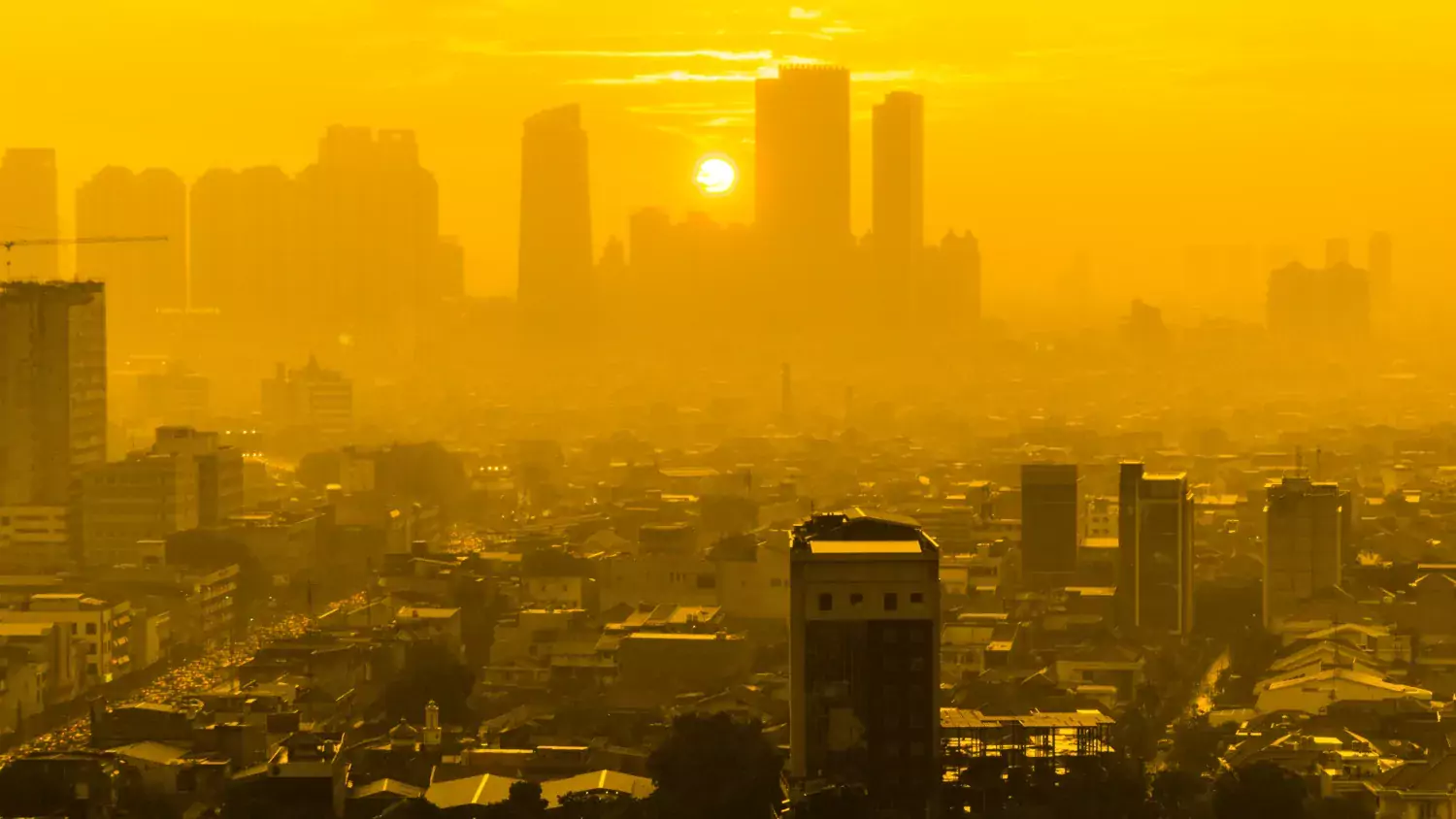Researchers have mapped mortality due to heat waves

While the most extreme heatwaves have the greatest short-term impact on mortality, it is the mildest heatwaves that kill most lives over time. This is because mild heatwaves are more common. This is according to a new study published in Environment International that has mapped the health risks of heat waves in India.
There is no international consensus on what constitutes a heat wave. Different definitions are used in different countries based on different conditions. In Sweden, for example, SMHI classifies a heatwave as "a continuous period when the maximum daily temperature exceeds 25°C for at least five consecutive days", while a heatwave in India means that the temperature exceeds 40°C in low-lying terrain, or 30°C in mountainous regions.

As heatwaves are projected to become more common as the Earth's climate warms, the health risks of temporarily elevated temperatures need to be investigated further. So says an international consortium of researchers from Sweden, the US, Italy, the UK, Israel and India. In a new study, they have therefore studied the effects of heat waves in India.
“We wanted to find out how much the risk of death increases during heat waves,” says Jeroen de Bont, researcher at the Institute of Environmental Medicine at Karolinska Institutet and first author of the study.
By examining excess mortality in ten cities in different parts of India with different climate zones between 2008 and 2019, the researchers were able to show how mortality varies, both with temperature, but also with different definitions of what constitutes a heat wave.
Created different definitions of heatwaves
By selecting the days that were hotter than 95, 97 or 99 percent of all days in the different regions, the researchers were able to create different definitions of heatwaves and examine the health risks associated with them. Unsurprisingly, the hottest and longest heatwaves, those that were hotter than 99 percent of days and lasted at least five days, increased mortality the most - by over 33 percent. Heatwaves that were hotter than 95 percent of all days and lasted only one day increased mortality the least - by just over 10 percent.
What is perhaps more surprising is that the mildest heat waves were the deadliest and that the number of deaths was more or less inversely proportional to the intensity and duration of the heat waves.
“This is because the milder heatwaves were so much more common than the hotter ones. In the end, the most extreme heatwaves turned out to cause the lowest number of deaths because they were so infrequent. One consequence of this may be that heat warnings may need to be triggered at lower temperature thresholds to protect more people," says Jeroen de Bont.
The researchers now argue that policymakers and other stakeholders need to understand and plan for both the relatively mild, short and common, and the extreme, long and uncommon heatwaves in order to offer relevant measures to protect public health in the future.
The research was funded by the Swedish Research Council for Sustainable Development, Formas. The researchers declare that there are no conflicts of interest.
Publication
"Impact of heatwaves on all-cause mortality in India: a comprehensive multi-city study", Jeroen de Bont*, Amruta Nori-Sarma* (shared first authorship), Massimo Stafoggia, Tirthankar Banerjee, Vijendra Ingole, Suganthi Jaganathan, Siddhartha Mandal, Ajit Rajiva, Bhargav Krishna, Itai Kloog, Kevin Lane, Rajesh K Mall, Abhiyant Suresh Tiwari, Yaguang Wei, Gregory A. Wellenius, Dorairaj Prabhakaran, Joel Schwartz*, Poornima Prabhakaran*, Petter Ljungman* (senior shared authorship). Environment International online 2024-01-26, doi: 10.1016/j.envint.2024.108461
